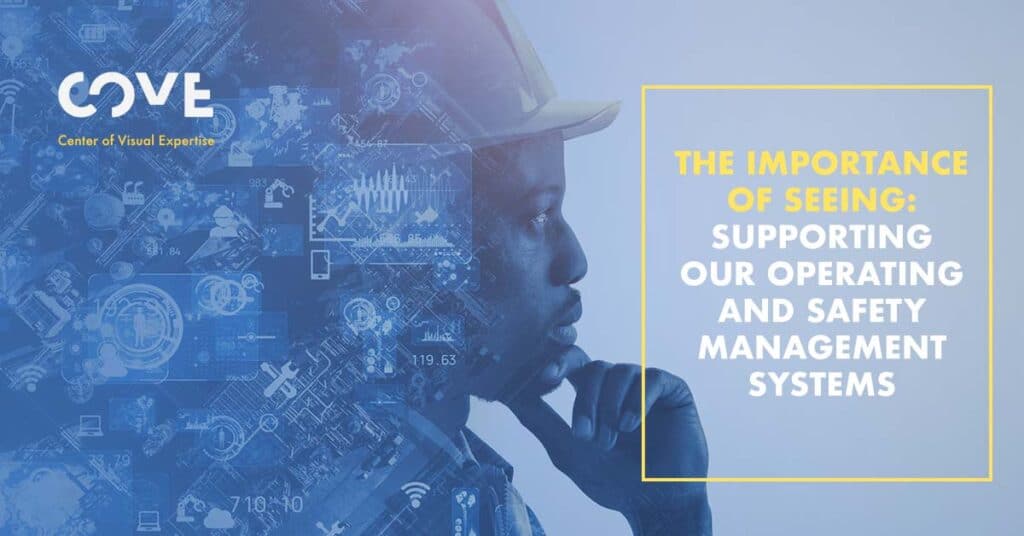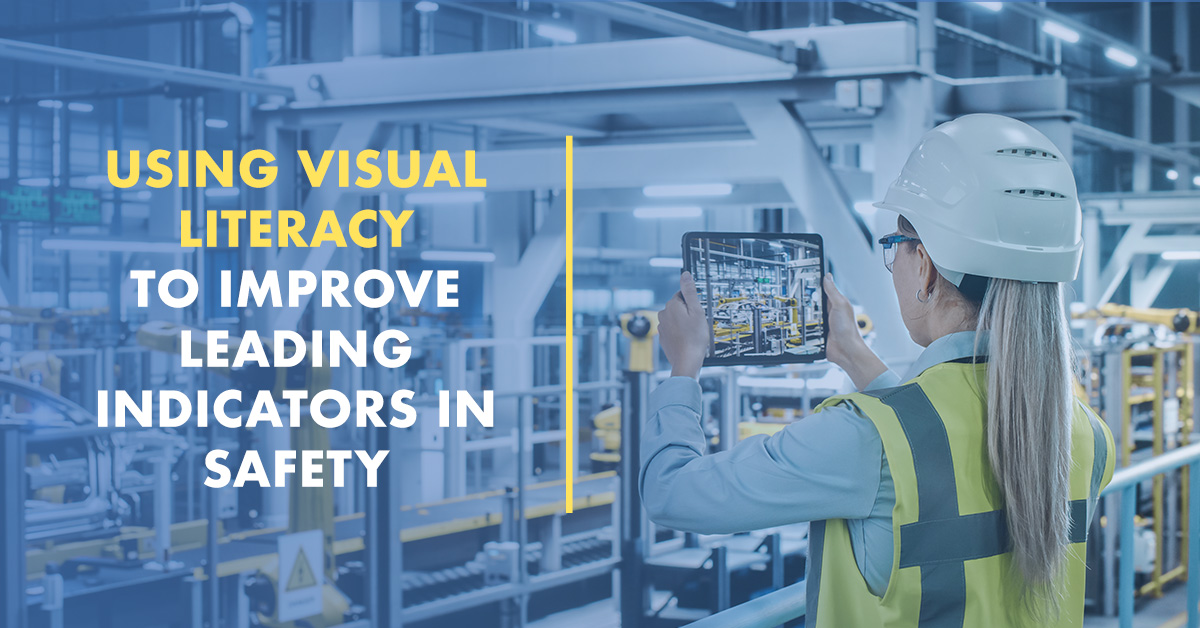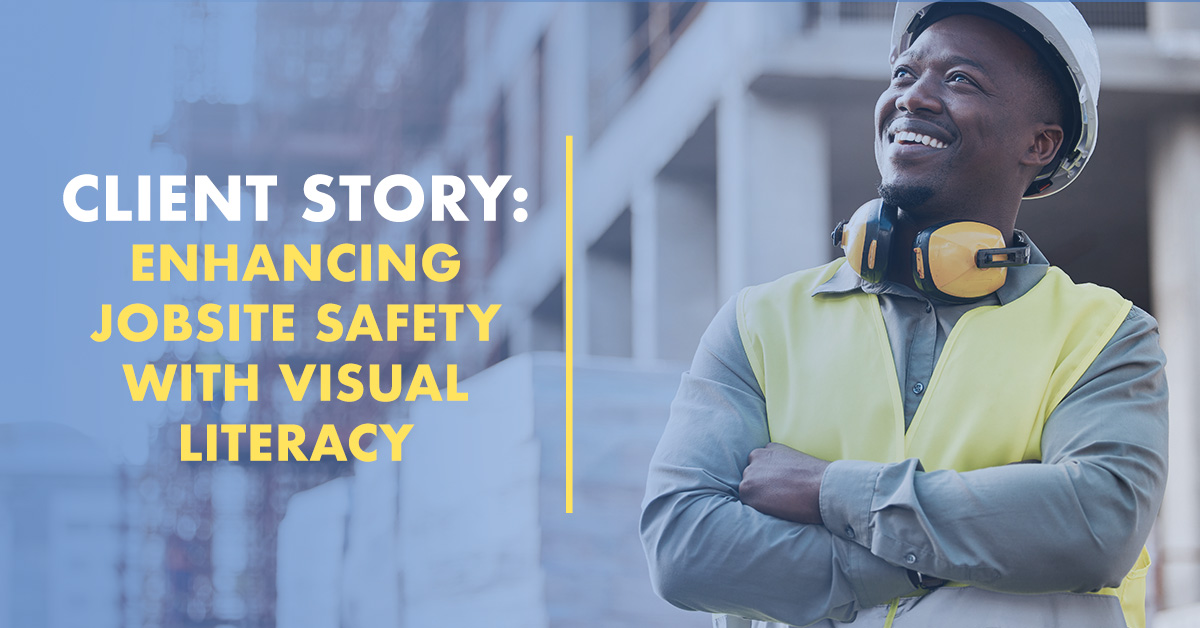Let’s examine the importance of visually inspecting two systems critical to the success of any business:
1
The operating system for achieving a defined set of business goals or objectives; and
2
An occupational safety and health management system (OSHMS) for identifying hazards, assessing risks, and implementing controls to proactively prevent incidents and injuries.
Both systems are frameworks for encompassing essential processes and activities. Both are founded on the Plan, Do, Check, Act four-stage model:
Plan – determine goals for a process and changes need to achieve goals;
Do – Implement the changes;
Check – evaluate the results in terms of performance;
Act – standardize and stabilize the change or begin the process again if performance is inadequate.
An operating system provides a roadmap of the interdependent core processes necessary to achieve profitable success. It governs all facets of operations, providing guidance for strategic and tactical decisions, scheduling, budgeting, maintenance, procurement, validation, safety, quality, fulfillment and other activities.
- The Toyota Operating System is world-renowned for its focus on eliminating waste such as excessive inventory, extraneous processing steps and defective products.
- The pillars of Total Productive Maintenance include autonomous maintenance placed in the hands of equipment operators; small groups identifying and eliminating equipment-related losses; scheduled preventive maintenance; spot checks, inspections and analysis to eliminate causes of defective products; early equipment management; operator, maintenance and manager training; performance of safety, health and environment tasks; and improvements to administrative functions and office spaces to eliminate waste.
An OSHMS is a specific roadmap for planning, organizing, documenting, integrating and executing disparate EHS elements such as:
- training
- awareness and competence
- management leadership
- allocation of adequate resources
- employee participation
- identifying hazards and assessing their risks
- use of the hierarchy of controls
- management of change
- contractor safety and health performance criteria
- emergency preparedness
- communication
- incident analyses
- audits
- corrective and preventive actions
- management’s review process
- management’s review of outcomes and follow-up
Currently numerous OSHMSs are available for adaptation by companies large and small:
- ANSI/ASSP Z10.0 – 2019 Occupational Health and Safety Management Systems;
- ISO 45001:2018 Occupational Health & Safety Management Systems;
- ISO 45003:2021 – Guidelines for managing psychosocial risk within a management system;
- International Labour Organization Guidelines on Occupational Safety and Health Management Systems ILO-OSH 2001.
Visual Management
Visual management of operating systems incorporates visual inspections and communication customized by businesses to:
- Identify all equipment, materials, products and infrastructures that need to be inspected;
- Define conditions that should trigger an inspection;
- Create clear guidelines for defining what constitutes a defect;
- Schedule how often inspections should be performed;
- Create a means for reporting, documenting and addressing defects and downtime when detected.
- Visual inspections of operating systems are promised to be efficient and accurate today as advances in artificial intelligence capabilities become operationalized. Computer vision derives meaningful information from digital images, videos and other visual inputs, and can generate data insights used to take corrective actions or make recommendations. But most organizations continue to use visual inspections employing the unaided eye to verify if a product, component, or system is in a fit state to be shipped.
Visual inspection can be performed any number of times, by any number of people, at various stages of a product’s lifecycle. In addition to checking the quality of the units, visual inspections can Improve the overall manufacturing process by identifying the human error or machine malfunction that caused issues with the product.
Visual Literacy
Visual Literacy, an observation, description, analysis, problem-solving and communication methodology leveraged by COVE can boost the value of human scrutiny that companies need to make the most of in their visual inspections.
Trained workers with upgraded visual acuity can assess the performance and identify potential issues with these aspects of an operating system:
User Interface – clarity, consistency and ease of use; layout work organization; and visual design elements
Monitoring Tools – are real-time monitoring tools and dashboards visually informative and present data visualizations that are clear, up to date, and provide actionable insights?
Error Reporting and Alerts – Do visual cues such as color-coded indicators or pop-up notifications clearly communicate the severity and nature of errors?
Process Flow Visualization – Do visual representations such as flow charts, diagrams or interactive maps clearly depict the workflow and are visually clear, comprehensive and easily understandable?
Production Performance Metrics – Are graphs, charts or gauges visually appealing, informative and provide a quick overview of performance?
Equipment and Resource Visualization – Visualization should provide a clear overview of the equipment status, availability, utilization or maintenance requirements.
Historical Data Analysis – A system that visually presents historical trends, performance comparisons or predictive analytics should use visualizations that facilitate identifying patterns, anomalies or areas of improvement.
These observations should be documented to help provide feedback to system developers and enhance the manufacturing operating system’s usability and performance. (Note: this summary requires further research and investigation. It is a compilation of Internet-archived related content from the ChatGPT question: “How do you visually inspect an operating system?”.)
Hazard Identification and Assessment
Occupational Safety and Health Management Systems, as with operating systems, resemble a bicycle wheel, with numerous spokes shooting out from a central location (the hub, the data center, the safety and health office, etc.)
Some of these spokes readily lend themselves to direct observation and assessment — the core competency of Visual Literacy training — such as hazard identification and risk prioritization. Typical hazards include general housekeeping; slips, trips and falls; electrical hazards; equipment operation; equipment maintenance; fire protection; use of PPE; ergonomic problems; lack of emergency procedures; how work is organized and the workflow; and work practices.
Work practices viewed in real time allow observers to see how work gets done in reality versus planned work as it normally should be done. Any gap between work as planned versus work as it gets done is one of the most significant findings of a management system formal audit or random sampling.
Foreseeable emergency scenarios should be visualized and analyzed by trained observers. These include fires and explosions; chemical releases; hazardous material spills; startups after planned or unplanned equipment shutdowns; non-routine tasks such as infrequently performed maintenance; structural collapse; disease outbreaks, weather emergencies and natural disasters; medical emergencies; and workplace violence.
Employees trained in Visual Literacy, upon seeing a hazard, ask 1) What does it mean; 2) What is going to be done about it? One way of determining a hazard’s “meaning” is to conduct a risk assessment. What is the severity of potential incidents caused by the hazard? What is the likelihood that the hazard will lead to an exposure or event? And how many workers might be exposed? The answers to “What is going to be done about it?” range from immediate interim, temporary controls to work stoppage to alerting the safety and health office using cell phone visual imagery and a verbal report. Action steps align with the degree of risk posed by the hazard.
Other “spokes” in the management system “wheel” or framework are more difficult to discern with the naked eye. Management leadership, policies and procedures, accountability, employee ownership of safety, training, goals and objectives, documentation and record keeping, action plans, resource allocation, psychosocial risks, and standards and guidelines might seem logical, effective and valuable to the organization’s safety and health culture – appearing sound on paper – but poorly executed or not embraced by the workforce.
Management systems can generate an avalanche of documents, measurements, reports, evaluations and data. Just as hazards can be and often are hidden from view, or are missed in plain view, valuable insights can be gleaned from hand-written notes in the margins, comparisons of measurements over time, the completeness of reports and evaluations, and the depth of details contained in various documents.
Document and data reviews are an essential part of separating a superficial “surface only” system from a system with teeth, with well-written reports and records indicating the management system is not a rushed, slap-dash quick fix. Visual Literacy emphasizes taking a step back, pausing, and patiently reviewing paperwork, computer files, etc. to see the big picture of how the pieces of information form a credible, well-thought-out system, or a system riff with holes, discrepancies, aged reports and missing pieces.
It should be noted before we close that many organizations have integrated their operating and EHS management systems and, as a level of maturity and sophistication, this makes great sense and improves execution and impact.
Operating systems and safety and health management systems can deceive by their sheer complexity. It takes time, dedication, observational and analytical skills, and skill in communicating findings to separate the wheat from the chaff.
Critical Takeaways:
- A key part of any operating or OSHMS is the visual inspection or assessment supporting the elements of the system.
- Visual Literacy improves our ability to visually assess anything, including operating systems. This should be viewed as a core competency for those individuals executing aspects of the systems. We can’t fix what we can’t see.




